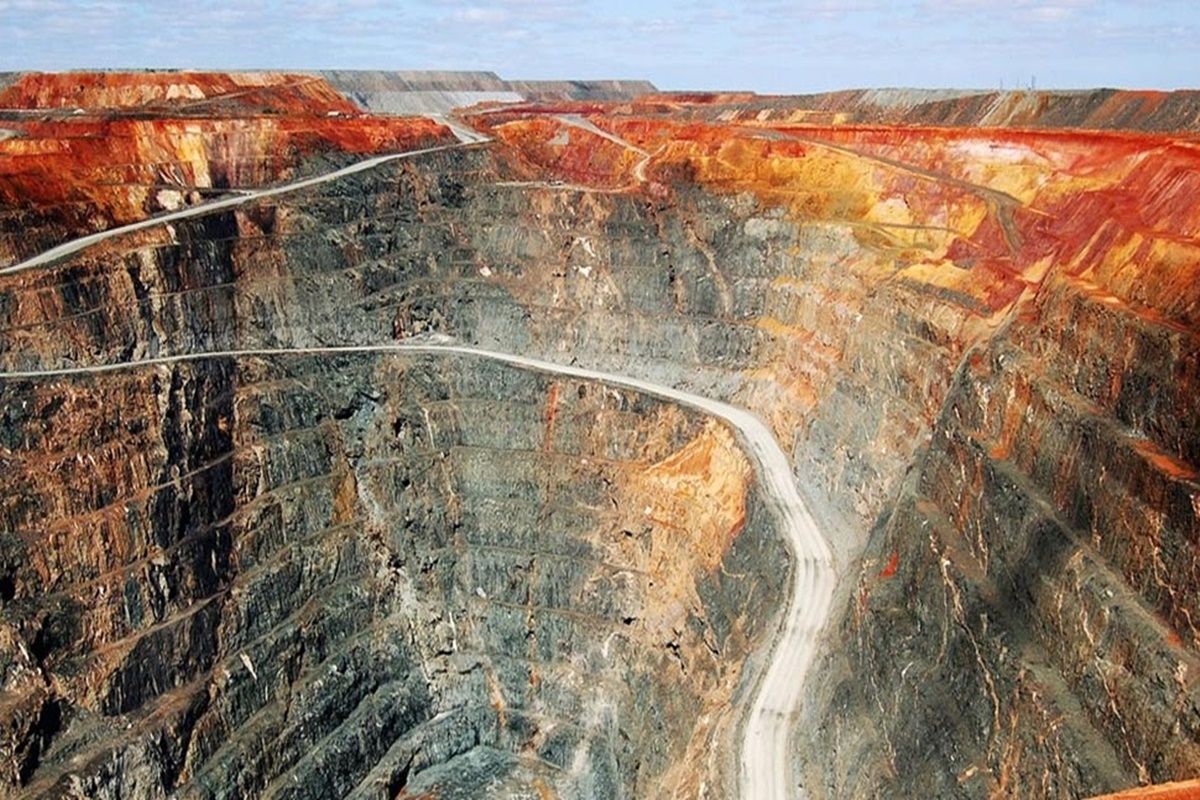Can a place once synonymous with unimaginable wealth and industrial might truly be reduced to a ghost of its former self? The Kolar Gold Fields (KGF), nestled in the heart of Karnataka, India, once epitomized prosperity, its depths yielding the nation's most significant gold deposits, but now it exists as a haunting reminder of a bygone era.
Located in the Kolar district of Karnataka, approximately 100 kilometers from Bangalore, KGF stands as a testament to India's mining heritage. The region, encompassing the KGF Taluk, is headquartered in Robertsonpet, where the employees of Bharat Gold Mines Limited (BGML) and BEML Limited (formerly Bharat Earth Movers Limited) and their families resided. This area, roughly 30 kilometers from Kolar, holds a history dating back over two millennia, yet its modern prominence took shape with the arrival of the British, who recognized the immense potential locked within the earth. The mines, once exploited by a British company, were later nationalized before their eventual closure, marking a significant shift in the region's trajectory. The landscape, sculpted by the pursuit of gold, became the stage for both economic boom and environmental consequence.
| Feature | Details |
| Location | Kolar Gold Fields (KGF), Kolar District, Karnataka, India |
| Geographical Coordinates | Approximately 13.0667 N, 78.2833 E |
| Proximity to Bangalore | Approximately 100 kilometers |
| Historical Significance | Major gold mining area, producing gold for over 2000 years. Exploited by a British Company, later nationalized. |
| Mining History | Ancient and modern history. British exploration in late 18th century, successful mining from 1880 onwards. |
| Depth | World's second deepest gold mine at a depth of approximately 3,000 meters. |
| Key Operators | Bharat Gold Mines Limited (BGML) |
| Current Status | Closed mines. Plans for revival and auctioning of tailings dumps are under consideration. |
| Environmental Impact | Dust bowl with cyanide hills, contaminated water, silicosis and lung cancer among former mine workers. |
| Economic Impact | Shaped the economy and culture of South India, significantly affected by British colonial rule. |
| Gold Production | Produced the majority of India's gold until 2001. |
| Other Information | The KGF Gymkhana Club was established by the British in 1885. |
| Relevance | Famous Indian gold mine. |
| Reference | Mindat.org - Kolar Gold Fields |
The narrative of KGF is intertwined with the story of colonial rule in India. The arrival of the John Taylor and Sons company marked the commencement of significant gold prospecting. The British, recognizing the potential, initiated the exploitation of the Marikuppam and Oorigaum region, leading to the establishment of the KGF Gymkhana Club in 1885. This club, with its 12-hole golf course and Victorian clubhouse, symbolized the lifestyle and influence of the colonial era. The site produced gold during the British Raj and was the second deepest gold mine.
- Updated Archie Manning Age Facts How Old Is The Nfl Legend
- Reba Mcentire Plastic Surgery Did She Get Work Done
The area's economic significance was profound, shaping the culture and providing livelihood for countless individuals. KGF was not merely a mining site; it was a vibrant hub of activity, a city known for its gold mining for over a century. But this prosperity came at a cost. The relentless extraction of gold left an indelible mark on the environment and the health of its inhabitants. The former mine workers suffer from silicosis and lung cancer, and the residents face poverty and health problems. The once-electrified area transformed into a dust bowl with cyanide hills and contaminated water.
The closure of the mines in the early 2000s, after almost 2,000 years of gold mining and three centuries of great importance, cast a long shadow over the region. The movie 'KGF' (2018), a major Kannada film, brought the story of KGF to a broader audience, though the real story continues to hold greater significance. The apathy of the karnataka state government and regional identity politics have rendered Kolar Gold Fields a virtual backwater in the political economy of the state.
Today, the region faces numerous challenges. The karnataka government and the centre are exploring plans to revive gold mining and auction tailings dumps at KGF. However, the legacy of the mines continues to affect the community. The current gold mines in India are Hutti and Uti in Karnataka, and Hirabuddini in Jharkhand. India's gold production is approximately 1.6 tonnes annually, far below the consumption of 774 tonnes per year. Kolar Gold Fields is possibly the oldest gold mine in India, and its located in the southeast region of Karnataka.
- Dry Dog Skin Get Relief Healthy Skin Now
- Kenny Smith From Nba Champion To Broadcaster The Jets Journey
The history of KGF is a poignant reminder of the delicate balance between progress, profit, and the well-being of both the environment and the people. The region remains a subject of great interest for those fascinated by mining, history, or simply seeking a glimpse of a past that echoes with the clatter of machinery, the sweat of labor, and the gleam of gold.
Kolar gold fields rifle have also created a space for the British.
The legacy of the Kolar Gold Fields serves as a reminder of a bygone era. Today, KGF is a quiet settlement with many attractions for the mining enthusiast, the religious or historically inclined, and the simply curious. The historical context of Kolar Gold Fields includes Lieutenant John Warren of the British government writing an article about KGF, saying that its history begins in 1799 when Tipu Sultan was killed by the British in the battle of Srirangapatna.
- Elvis Casket Photo National Enquirers Scoop Conspiracy Theories
- Goldie Hawn Politics Religion Career Insights


